April 25, 2015
The latest issue of Insight Weekly is available to view online 0
 In this week’s issue; the ten most sustainable buildings in North America; Mark Eltringham examines the ways different countries approach ergonomics. Steve Taylor looks at the evidence for doing less sitting and more standing at work, while a new report from the Work Foundation sets out the challenges facing the next UK government to improve the health of the country’s workforce. In news; Facebook almost doubles the size of its London HQ, the adoption of flexible working by UK organisations increases by over a third and new data shows that the UK office market is growing as employers strive to create environments designed to enhance staff wellbeing. Sign up to the newsletter via the subscription form in the right hand sidebar and follow us on Twitter and join our LinkedIn Group to discuss these and other stories.
In this week’s issue; the ten most sustainable buildings in North America; Mark Eltringham examines the ways different countries approach ergonomics. Steve Taylor looks at the evidence for doing less sitting and more standing at work, while a new report from the Work Foundation sets out the challenges facing the next UK government to improve the health of the country’s workforce. In news; Facebook almost doubles the size of its London HQ, the adoption of flexible working by UK organisations increases by over a third and new data shows that the UK office market is growing as employers strive to create environments designed to enhance staff wellbeing. Sign up to the newsletter via the subscription form in the right hand sidebar and follow us on Twitter and join our LinkedIn Group to discuss these and other stories.






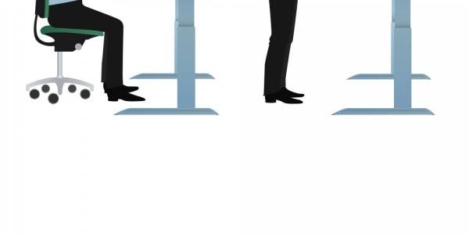
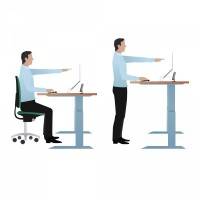
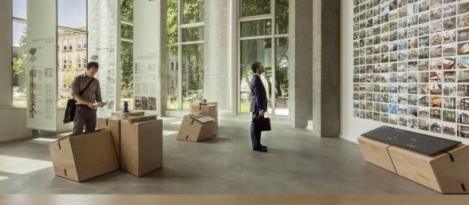
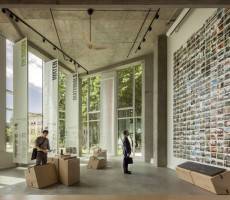


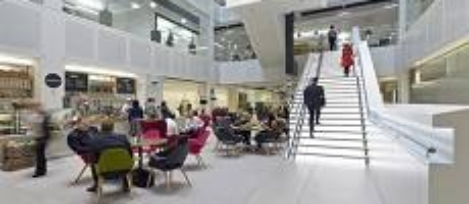
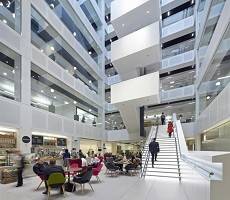
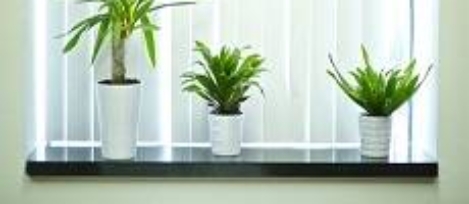







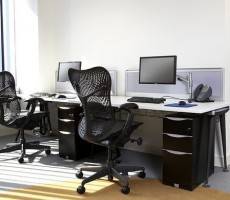
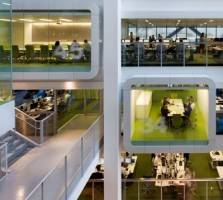








April 23, 2015
Is it now time to take a stand on sitting in the workplace? 0
by Steve Taylor • Comment, Furniture, Wellbeing, Workplace design
(more…)